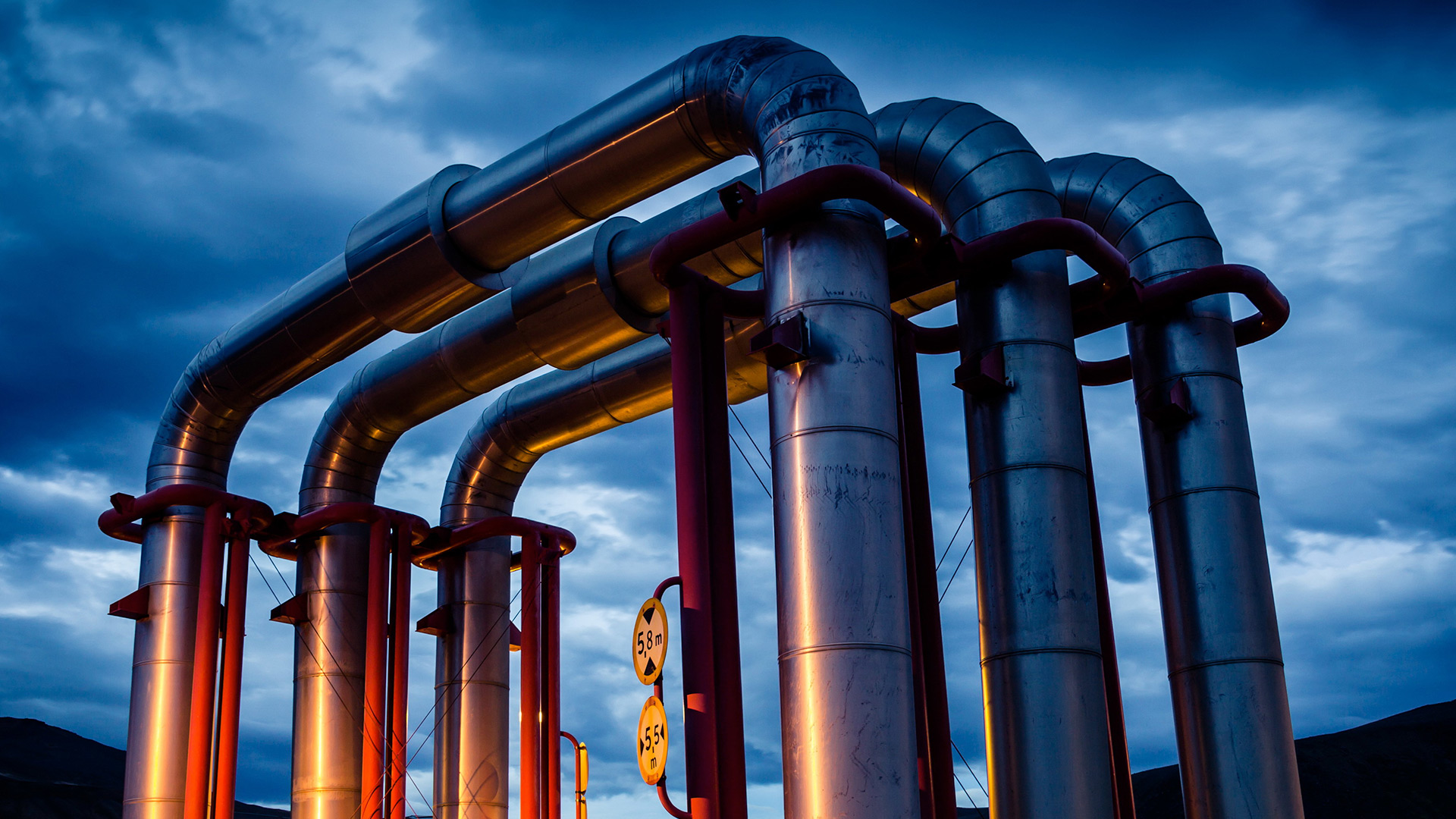Canada’s hydrogen strategy: 2020–2050
The federal government released its Hydrogen Strategy for Canada (the Strategy) in December 2020. It presents a detailed plan of how Canada can access its potential for significant hydrogen production and assist Canada to achieve its goal of net-zero emissions by 2050. Hydrogen’s ability to decarbonize energy systems is the government’s biggest driver for its adoption. The Strategy projects that hydrogen could deliver up to 30% of Canada’s end-use energy by 2050, while simultaneously abating greenhouse gas emissions.
Background: hydrogen in Canada
As we previously discussed in our July 2018 article, It’s getting easier to be green: Hydrogen technology developments and legal issues, hydrogen-based systems present a significant opportunity for integration into Canada’s national energy framework. Canada has several existing strategic advantages in favour of a robust hydrogen production sector. These include a richness in low-carbon feedstocks needed to produce hydrogen, a strong energy sector in terms of skilled labour and strategic infrastructure, and a pre-existing position as a global leader in the hydrogen and fuel cell market.
Implementation timeline
Strategy implementation is divided into three phases, offering general insight into when various regulations and incentives could be expected to come into effect:
- Near-Term (2020–2025) activities will focus on laying the foundation for Canada’s hydrogen industry, including:
- Developing new hydrogen supply and distribution infrastructure, supporting early deployment hubs in mature applications and supporting Canadian demonstrations in emerging applications;
- Enacting regulations, including the forthcoming Clean Fuel Standard, to drive near-term investments; and
- Introducing new policy and regulatory measures needed to reach net-zero emissions by 2050, including carbon pricing.
- Mid-Term (2025–2030) activities focus on growth and diversification of the hydrogen sector, including:
- Applications that offer greater value compared to other zero-emission technologies (such as fuel cell electric vehicles, including transit buses);
- Larger-scale hydrogen production allowing for blending with natural gas;
- Deployment towards mining operations; and
- Launching pilots to explore hydrogen as a utility-scale energy storage medium.
- Long-Term (2030–2050) activities assume the establishment of hydrogen supply and distribution infrastructure. For this phase, the Strategy considers the possibility of dedicated hydrogen pipelines becoming attractive alternatives as the percentage of hydrogen in natural gas systems increases.
Over the course of this timeline, the Strategy anticipates the amount of carbon intensity in hydrogen production will decrease, while the renewable threshold in government-supported projects will increase. This means the federal government will likely prioritize the funding and development of low-carbon-intensity hydrogen production pathways. The government has also indicated a plan to undertake ongoing consultation in the near future with a variety of stakeholders, including the petroleum and chemical industries as well as utilities.
Strategies for hydrogen integration will differ from province to province, with relevant regulations and incentives also expected to vary. In Alberta, for example, production of “blue hydrogen” will be prioritized, where natural gas is used alongside carbon sequestration technologies to offset emissions, and will be accompanied by new policies, legislation, and standards that encourage hydrogen deployment.
In Quebec, meanwhile, the focus will be turned towards producing “green hydrogen” (with no resultant emissions), largely based on the province’s existing abundance of hydroelectricity and operating as part of its broader plan to increase clean energy use. Any plans to capitalize on the federal government’s hydrogen Strategy should also consider the relevant provincial priorities that are expected to emerge.
The Strategy contemplates a variety of end uses that exist for hydrogen within Canada, grouping these uses into three categories:
- Fuel for transportation (i.e., fuel cell vehicles and co-combustion engines) and power production (i.e., fuel cell generators or hydrogen turbines);
- Heat for the industrial sector and buildings (through producing materials such as cement and steel, and direct burning in boilers or furnaces); and
- Feedstock for industrial sectors (including the oil and gas industries and chemical production).
Anyone involved in these industries can likely look forward to the opportunity to benefit from government initiatives incentivizing hydrogen use in the years to come.
What to expect next
The Strategy notes hydrogen is not yet cost competitive with natural gas, but references the implementation of federal carbon pricing, and specifically the implementation of the Clean Fuel Standard as important steps towards improving cost efficiency. An additional early challenge will be harmonizing the various codes and standards across Canadian jurisdictions related to the certification of new hydrogen deployments. Anyone engaged in the energy industry should be aware of these regulatory changes that are expected to emerge in the near future.
The implementation of this Strategy will also require substantial investment, estimated to be between $5 and $7 billion over the next five years. While the federal government has not stated how much it’s willing to directly allocate, it has indicated that tax credits and subsidies will be introduced to assist in driving investment. Industries that have the ability to adopt hydrogen technologies, such as manufacturing and transport sectors, will likely see the opportunity to benefit from these schemes in the coming years.
The authors wish to thank James Long, articling student, for his help in preparing this legal update.







